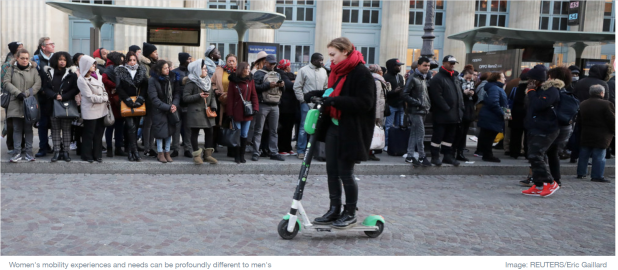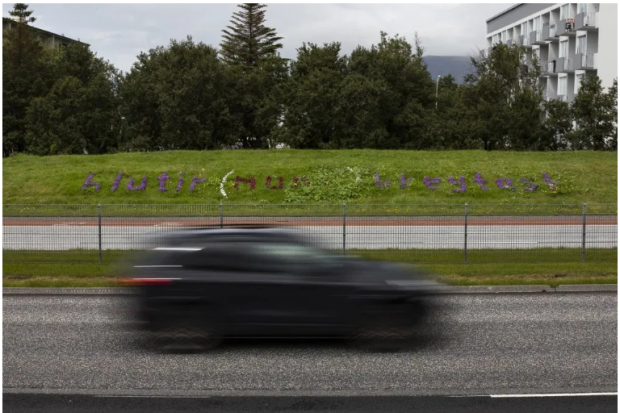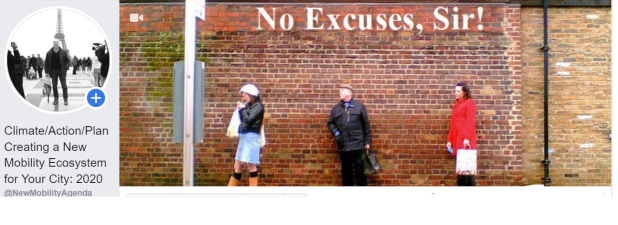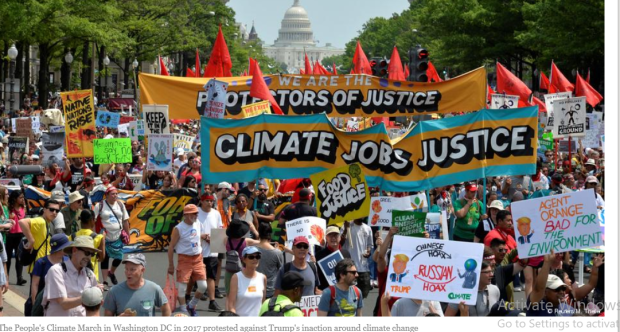Shortlist of on-going Transformative Realities and Trends
 One of the great recompenses of having watched the sustainable transportation and related technology developments evolve over the course of several decades, is that if one takes the time to step back and scan the evidence for pattern breaks, one can readily spot a certain number of trends, fundamental structural changes, quite a few of which bode well for a different and better future for transport in and around cities. Here are a handful of the fundamental underlying changes which I have spotted over the last decades on the mobility beat and which I would like to share with you this sunny COVID morning. Let’s start with a simple listing and then go on to brief comments in an attempt to clarify.
One of the great recompenses of having watched the sustainable transportation and related technology developments evolve over the course of several decades, is that if one takes the time to step back and scan the evidence for pattern breaks, one can readily spot a certain number of trends, fundamental structural changes, quite a few of which bode well for a different and better future for transport in and around cities. Here are a handful of the fundamental underlying changes which I have spotted over the last decades on the mobility beat and which I would like to share with you this sunny COVID morning. Let’s start with a simple listing and then go on to brief comments in an attempt to clarify.
– PS. G. K. Chesterton put it like this: “If a thing is worth doing . . . it’s worth doing badly” . (We’ll leave it to you to sort that one out)





 – – – – – – – – > Working draft update of 12 December. To be finalized over month.
– – – – – – – – > Working draft update of 12 December. To be finalized over month.


 The idea of slowing top speeds on traffic in the city to reduce accidents and achieve other important systemic benefits would seem like a pretty sensible, straightforward and affordable thing to do. For a lot of reasons. Let’s have a look.
The idea of slowing top speeds on traffic in the city to reduce accidents and achieve other important systemic benefits would seem like a pretty sensible, straightforward and affordable thing to do. For a lot of reasons. Let’s have a look.





 From the editor’s desk: If you get it,
From the editor’s desk: If you get it, 